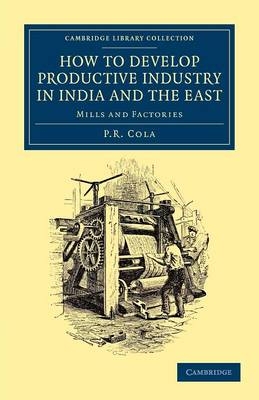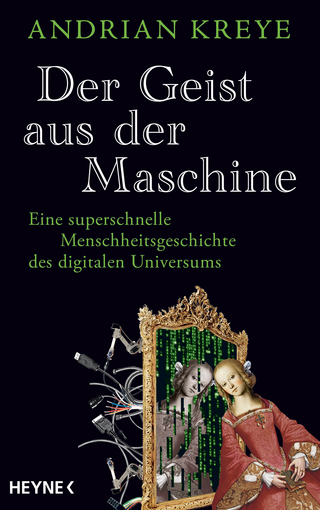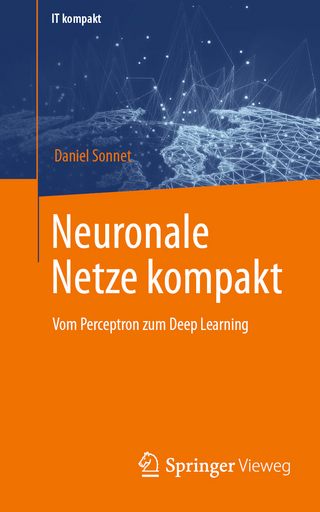
How to Develop Productive Industry in India and the East
Mills and Factories
Seiten
2012
Cambridge University Press (Verlag)
978-1-108-04623-7 (ISBN)
Cambridge University Press (Verlag)
978-1-108-04623-7 (ISBN)
This 1867 work, edited by P. R. Cola, who owned the Arkwright Cotton Mills in Bombay (Mumbai), provides a blueprint for developing industries in nineteenth-century India. Containing illustrations and statistical data, the book argues for investment in up-to-date machinery to boost industrial productivity in textiles, metals, sugar and oil.
The craft of manufacturing cotton was learnt by the British in India, but the East India Company's drive for profits caused the development of a cotton-spinning industry in Britain, which grew enormously when mechanical processes were introduced during the industrial revolution. Subsequent protectionist legislation which forbade the export of anything except raw cotton meant that India's supremacy in the industry was lost to Britain in the nineteenth century. This 1867 work, edited by P. R. Cola, who owned the Arkwright Cotton Mills in Bombay (Mumbai), argues for investment in up-to-date machinery, and provides a blueprint for developing a host of industries such as cotton and other textiles, jute, sugar, oil and iron, which would bring prosperity to India. Containing illustrations and statistical data, the book gives useful insights into the early development of many industries in India and in some of the other economies of the East.
The craft of manufacturing cotton was learnt by the British in India, but the East India Company's drive for profits caused the development of a cotton-spinning industry in Britain, which grew enormously when mechanical processes were introduced during the industrial revolution. Subsequent protectionist legislation which forbade the export of anything except raw cotton meant that India's supremacy in the industry was lost to Britain in the nineteenth century. This 1867 work, edited by P. R. Cola, who owned the Arkwright Cotton Mills in Bombay (Mumbai), argues for investment in up-to-date machinery, and provides a blueprint for developing a host of industries such as cotton and other textiles, jute, sugar, oil and iron, which would bring prosperity to India. Containing illustrations and statistical data, the book gives useful insights into the early development of many industries in India and in some of the other economies of the East.
Preface; 1. Industrial development in India and the East; 2. Cotton ginning; 3. Cotton manufactures; 4. Bleaching and finishing works; 5. Dyeing; 6. Calico printing; 7. Jute manufactures; 8. Silk manufactures; 9. Sugar; 10. Manufactures of oils; 11. Oil gas; 12. Paper manufactures; 13. Iron foundry and workshops; 14. Timber mills; 15. Corn mills; 16. Brick works; 17. Steam motive power; 18. Coal mines in India and the East; 19. Factory buildings; 20. General hints on factories; 21. Agricultural machinery; Appendix; Index.
| Erscheint lt. Verlag | 26.4.2012 |
|---|---|
| Reihe/Serie | Cambridge Library Collection - South Asian History |
| Zusatzinfo | 16 Plates, black and white; 128 Halftones, unspecified |
| Verlagsort | Cambridge |
| Sprache | englisch |
| Maße | 140 x 216 mm |
| Gewicht | 540 g |
| Themenwelt | Geschichte ► Teilgebiete der Geschichte ► Technikgeschichte |
| ISBN-10 | 1-108-04623-1 / 1108046231 |
| ISBN-13 | 978-1-108-04623-7 / 9781108046237 |
| Zustand | Neuware |
| Informationen gemäß Produktsicherheitsverordnung (GPSR) | |
| Haben Sie eine Frage zum Produkt? |
Mehr entdecken
aus dem Bereich
aus dem Bereich
Buch | Softcover (2024)
Lehmanns Media (Verlag)
19,95 €
Eine superschnelle Menschheitsgeschichte des digitalen Universums
Buch | Hardcover (2024)
Heyne (Verlag)
24,00 €
Vom Perceptron zum Deep Learning
Buch | Softcover (2022)
Springer Vieweg (Verlag)
19,99 €


